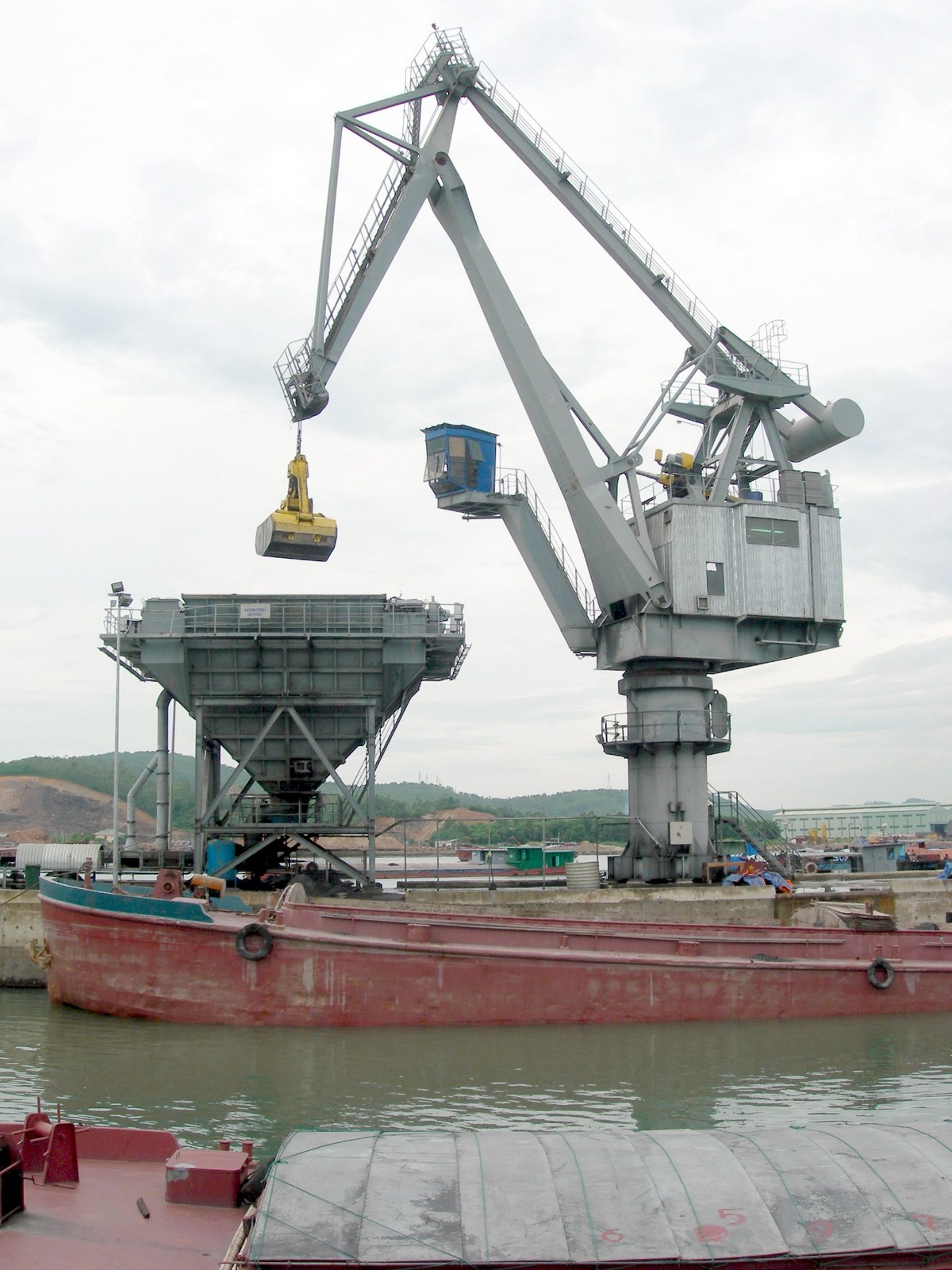Designing of steel structures and lifting mechanisms
Designing of lifting equipment and the corresponding steel structure is a complex intellectual activity. The task of the designers is to design a crane required by the client, while the design has to be cost-effective, simple and safe and include the expected lifespan for the specified purpose of use. As development engineers, we have to plan each product so that it complies with all laws, regulations and standards of materials handling equipment. Product development and planning have a 65% effect on reducing production costs, purchase of materials, administration and sale of the crane. The life cycle of lifting equipment starts with product planning, in the phase of harmonisation with the client. Cost and time restrictions apply and a well-coordinated team is needed to bring the project to the finish line. The rough shape, lifespan, functional structure, price and project duration are shaped in the design phase. The final result are production drawings that provide all information for the manufacturing of a load-bearing, earthquake-resistant and easily maintained steel structure. An important task in designing is the proof of load bearing capacity of the steel structure of the lifting equipment, which is checked by certified structural engineers. They perform static calculations under valid European regulations using advanced engineering tools. Extensive numerical simulations are conducted so as to confirm the safety and acceptability of load-bearing steel structures. Technical documents and structural calculations are prepared in the world’s most spoken languages and comply with all international certificates and manufacturing regulations on all continents.
Professional designing of steel structures of lifting equipment – cranes
 We are a design and engineering company specialising in materials handling equipment under dynamic loads – cranes. We design cranes for handling general cargo and bulk material and special materials handling equipment. We design hi-tech cranes such as overhead cranes, gantry cranes, slewing cranes and bulk-handling cranes. Our services cover the designing and engineering of complex mechanisms, gearboxes, lifting devices, etc. We adapt to customer requirements and offer unique solutions for their cargo handling, which has to be cost-effective, fast, easily maintained and environmentally acceptable. Cranes are an important part of the global logistics chain in ports, rail stations, warehouses, halls, ironworks, foundries and production plants across the world. We hold extensive references in designing special cranes in nuclear power plants, ironworks, production plants and rolling mills, where they are exposed to the most unfavourable operating conditions – radiation, high temperatures, dust, humidity, explosive bulk material, etc. We also offer supervision of other engineering offices. We use modern engineering tools to provide professional technical consulting for all types of lifting equipment.
We are a design and engineering company specialising in materials handling equipment under dynamic loads – cranes. We design cranes for handling general cargo and bulk material and special materials handling equipment. We design hi-tech cranes such as overhead cranes, gantry cranes, slewing cranes and bulk-handling cranes. Our services cover the designing and engineering of complex mechanisms, gearboxes, lifting devices, etc. We adapt to customer requirements and offer unique solutions for their cargo handling, which has to be cost-effective, fast, easily maintained and environmentally acceptable. Cranes are an important part of the global logistics chain in ports, rail stations, warehouses, halls, ironworks, foundries and production plants across the world. We hold extensive references in designing special cranes in nuclear power plants, ironworks, production plants and rolling mills, where they are exposed to the most unfavourable operating conditions – radiation, high temperatures, dust, humidity, explosive bulk material, etc. We also offer supervision of other engineering offices. We use modern engineering tools to provide professional technical consulting for all types of lifting equipment.
Designing of lifting equipment
Logistics aims at an optimal distribution and handling. We need to ensure materials handling with the use of different equipment. Materials handling equipment, including cranes, is used. Cranes operate in interrupted cycles. They allow faster and easier handling of goods. Overhead cranes are usually used in closed industrial plants, warehouses, workshops, engine rooms and halls, as they can cover a rectangular area when handling the load within the limited space. The main functions are lifting and lowering. Their advantage are the overhead runways that leave the floor free. Our overhead cranes boast substantial additional equipment that is individually adapted to the customer and the specific requirements of load handling. The crane is designed so that its components are easily accessible and easy to maintain. Our overhead cranes can include a ‘black box’ that records over 100 important parameters every second of the crane’s operation. We therefore know the exact number of cycles of the crane or its components (running wheel, bearing, gearbox, etc.) until the end of the lifespan.

